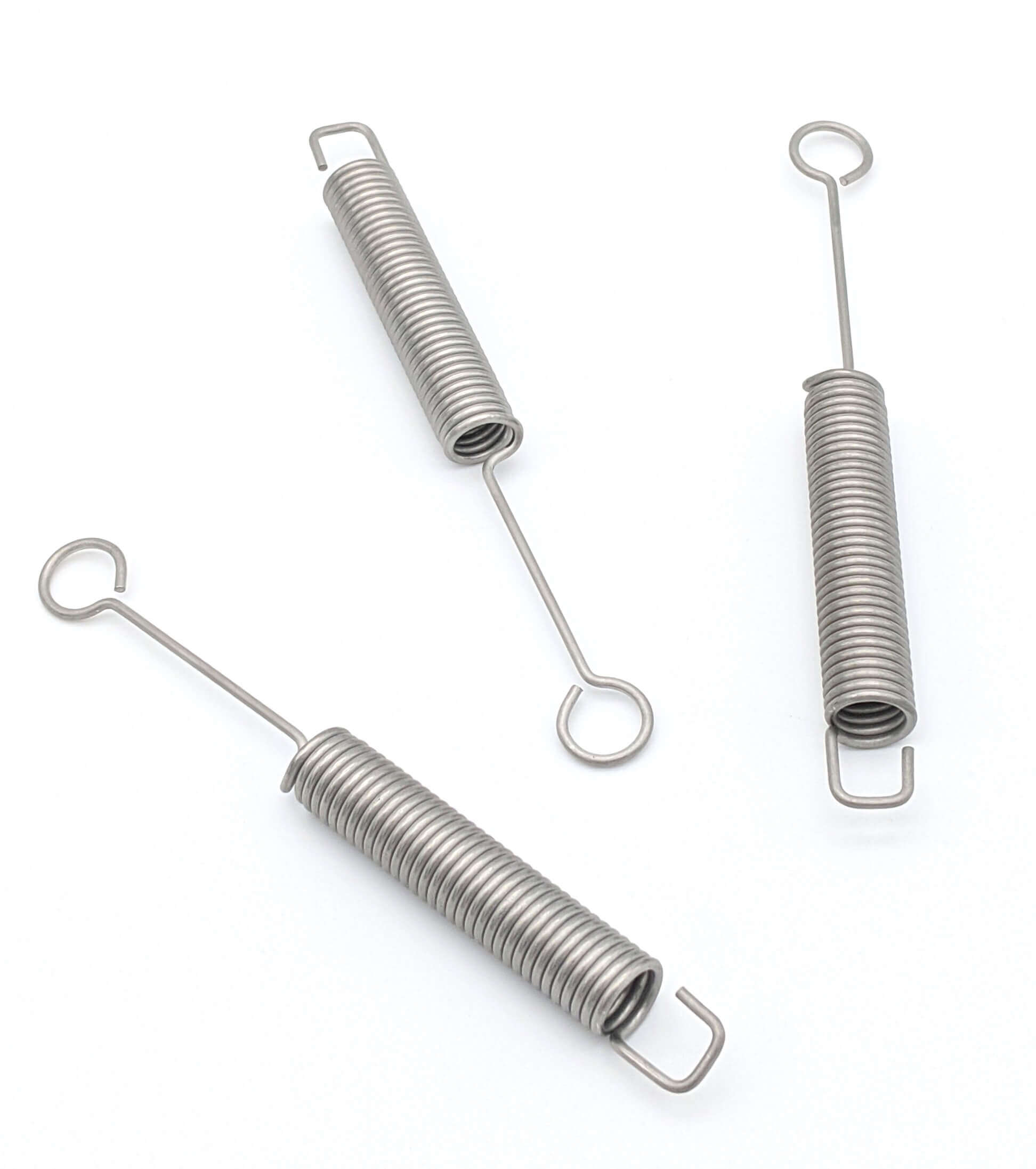Get unique, complex parts easily. No matter your requirements, Chaoyi Spring creates hard-to-produce coil springs and wire forms.
Let us help you create the custom wire form you need, from S-hooks and J-hooks to utility hooks and more.
We work closely with customers across a wide range of industries, helping them design and manufacture made-to-order parts.
Why choose Chaoyi Spring? We prioritize customer-focused collaboration, modern equipment and the latest technology to make your parts per print.
Find the information and guidance you need, from measuring a spring to learning about materials, placing an order and much more.
Imagine a tiny coil of metal, unassuming and seemingly insignificant. But don't be fooled by its size; this humble compression spring packs a punch, providing the force needed for countless


Imagine a tiny coil of metal, unassuming and seemingly insignificant. But don't be fooled by its size; this humble compression spring packs a punch, providing the force needed for countless applications, from delicate medical devices to robust industrial machinery. These unassuming marvels, often overlooked, are the unsung heroes of the mechanical world, silently ensuring smooth operation and reliable performance.

Compression springs, as the name suggests, are designed to store mechanical energy when compressed. They are typically made of coiled wire, often steel, but other materials like stainless steel, phosphor bronze, and music wire are also used, depending on the application's specific requirements. When a force is applied, the spring compresses, storing energy within its coils. Once the force is released, the spring rebounds to its original length, delivering the stored energy back into the system.
Compression springs are ubiquitous in our daily lives. They are integral to countless applications, from simple household appliances to complex industrial equipment. Let's explore some of their key roles:
1. **Providing Force and Motion:** Think about the spring-loaded doorstop, the retractable pen, or the pogo stick. Compression springs deliver the force needed for these objects to function. They create the initial push or pull, ensuring smooth movement and returning to their original state.
2. **Absorbing Shock and Vibration:** Have you ever noticed the shock absorbers on your car? They utilize compression springs to dampen vibrations and absorb shocks, providing a comfortable ride. Similarly, compression springs are used in various machinery, reducing wear and tear by absorbing impacts and minimizing noise.
3. **Maintaining Constant Force:** Imagine a spring-loaded clothes pin holding a bundle of clothes together. The compression spring ensures a constant clamping force, keeping the items securely in place. This principle applies to numerous other applications, such as spring-loaded clamps, brakes, and clutches.
Selecting the perfect compression spring for a specific application requires understanding several critical factors:
1. **Material:** The choice of material depends heavily on the working environment and the required properties. Stainless steel excels in corrosive environments, while music wire offers high strength and resilience.
2. **Spring Rate:** The spring rate, often expressed in pounds per inch (lb/in) or kilograms per meter (kg/m), determines how much force is required to compress the spring by a specific distance. Choosing the correct spring rate ensures optimal performance and avoids excessive wear or breakage.
3. **Wire Diameter and Coil Diameter:** These dimensions influence the spring's overall size, strength, and capacity to store energy. A thicker wire diameter generally means a stronger spring, while a larger coil diameter allows for greater compression before reaching the spring's maximum load.
4. **Free Length:** This refers to the spring's uncompressed length. The free length must be sufficient to accommodate the desired compression and expansion without exceeding the spring's design limits.
5. **End Type:** Compression springs come in various end types, such as closed and ground ends, which influence how the spring connects to other components. The end type affects the spring's ability to distribute force evenly and resist buckling.
These small yet mighty springs play a vital role in countless applications, from the simple to the complex. Understanding the intricacies of compression springs—their construction, properties, and selection criteria—is crucial for ensuring optimal performance in a wide range of industries. So, the next time you encounter a compression spring, remember the silent force it provides, ensuring smooth operation and reliable performance.
Compression springs are often the unsung heroes of the mechanical world, silently working behind the scenes to ensure smooth operation and reliable performance. From delicate medical devices to robust industrial machinery, these miniature powerhouses play a vital role in shaping our modern world.
Browse some of the custom wire forms and springs that we manufacture. Don’t see what you need? We specialize in made-to-order products that meet your application requirements.
Visit Our GalleryNeed a custom wire form or coil spring? We make it work. Fill out the contact form and a representative will respond within 1 business day. If you have a PDF or CAD file, you can submit to request a quote.